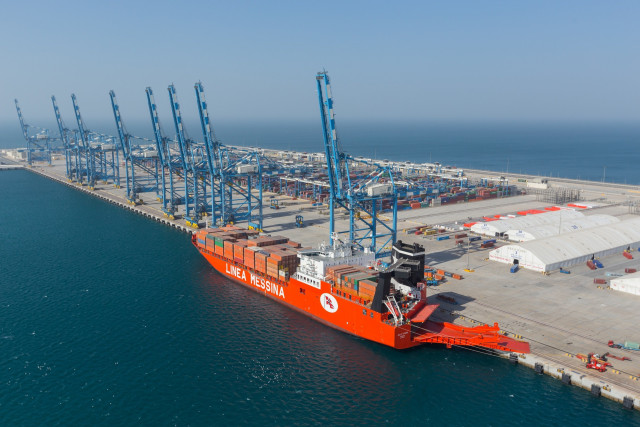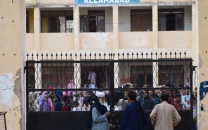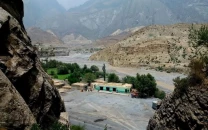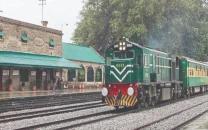Gwadar, Pakistan’s new boomtown, needs a sustainability check
Govt arms need to make sure development in city and port is economically viable.

PHOTO: AFP
Pakistan’s record on SEZ (special economic zones) has not been great but it does boast of a few industrial clusters that have created thousands of jobs over decades.
This growth of industrial clusters has almost always been organic – contrary to a ‘top-down’ push from the government in the case of SEZs. Many plans to create SEZs in KPK in the past have fallen far short of their objectives because of government’s piecemeal approach to deregulation.
PM to visit Gwadar amid concerns over anti-CPEC propaganda
However, this phenomenon is not unique to Pakistan, and India alone has hundreds of SEZs that are struggling to make a mark.
Addressing corruption concerns
But when it comes to Gwadar, the government is doing nothing by halves. The Securities and Exchange Commission of Pakistan (SECP) is all set to establish a facilitation centre in Gwadar FZ that will expedite commercial operations – cutting through the red tape. The Federal Board of Revenue (FBR) has approved long-term sweeping tax concessions for port operators that include exemption from sales tax, excise duty, customs duty, income tax and various withholding taxes.
However, a good question is: what could be unintended consequences of this?
There is a chance that due to relaxed procedures and concessions, Gwadar FZ could be used for money laundering purposes as goods originating from or being transshipped through Gwadar won’t be subject to export control. Mis-invoicing of exports is a common loophole used for money laundering in Free Zones. There is a dire need that the SECP and FBR conduct their own due diligence and get to know the client before admitting it to the Gwadar free trade zone.
Port infrastructure
Moreover, Gwadar port infrastructure projects are staggering in their ambitions but short on details when we talk about sustainability practices and water planning. There is a need to future-proof infrastructure portfolio by projecting future demands and strategically responding to anticipated changes in requirements. For example, when planning for fresh water supply, it is imperative to consider possible future changes in water quality requirements, sea level, rainfall pattern, consumption and energy tariff.
In the case of Gwadar, it was thought that Aakra dam would be more than sufficient to meet water needs at a time when the population of Gwadar was a mere 5,000. Today, the population of Gwadar is 0.27 million and the total water demand there is 6.5 million gallons per day. The new water desalination plant inaugurated earlier this month will supply an additional 0.25 million gallons of drinking water everyday – making the daily water shortfall around 4 million gallons. The Aakra dam was designed to provide 2.5 million gallons per day but it has dried up due to scarce rains and has silted in less than 15 years. Water tankers fetch potable water from far off Mirani dam, costing Rs18,000 per tanker, but even that water is not fit for human consumption as per WHO guidelines.
As the population of Gwadar is expected to surpass the 2-million mark in the next five years, the water situation will worsen as even Mirani dam won’t be able to meet a demand of more than 10 million gallons per day – not to talk of a projected demand of more than 50 million gallons per day by 2022.
China to install coal-based power plant in Gwadar
Sponsors often have an incentive to undervalue environmental impact assessment reports and sustainability studies for fast tracking of megaprojects but this approach often costs a lot more at the end of the day.
Socio-economic development efforts in Gwadar should conform not only to sustainable development goals but should also involve looking into possible future scenarios in order to future-proof million dollar investments. As mega projects take a number of years and even decades to complete, the business case and stakeholder requirements may change during that period.
So unless we future-proof these megaprojects, we might face with changing requirements and scope creep problems that could have substantial impact on budgets, communities and environment.
The writer is a Cambridge graduate and is working as a strategy consultant. He tweets at @faranmah
Published in The Express Tribune, January 29th, 2018.
Like Business on Facebook, follow @TribuneBiz on Twitter to stay informed and join in the conversation.


















COMMENTS
Comments are moderated and generally will be posted if they are on-topic and not abusive.
For more information, please see our Comments FAQ